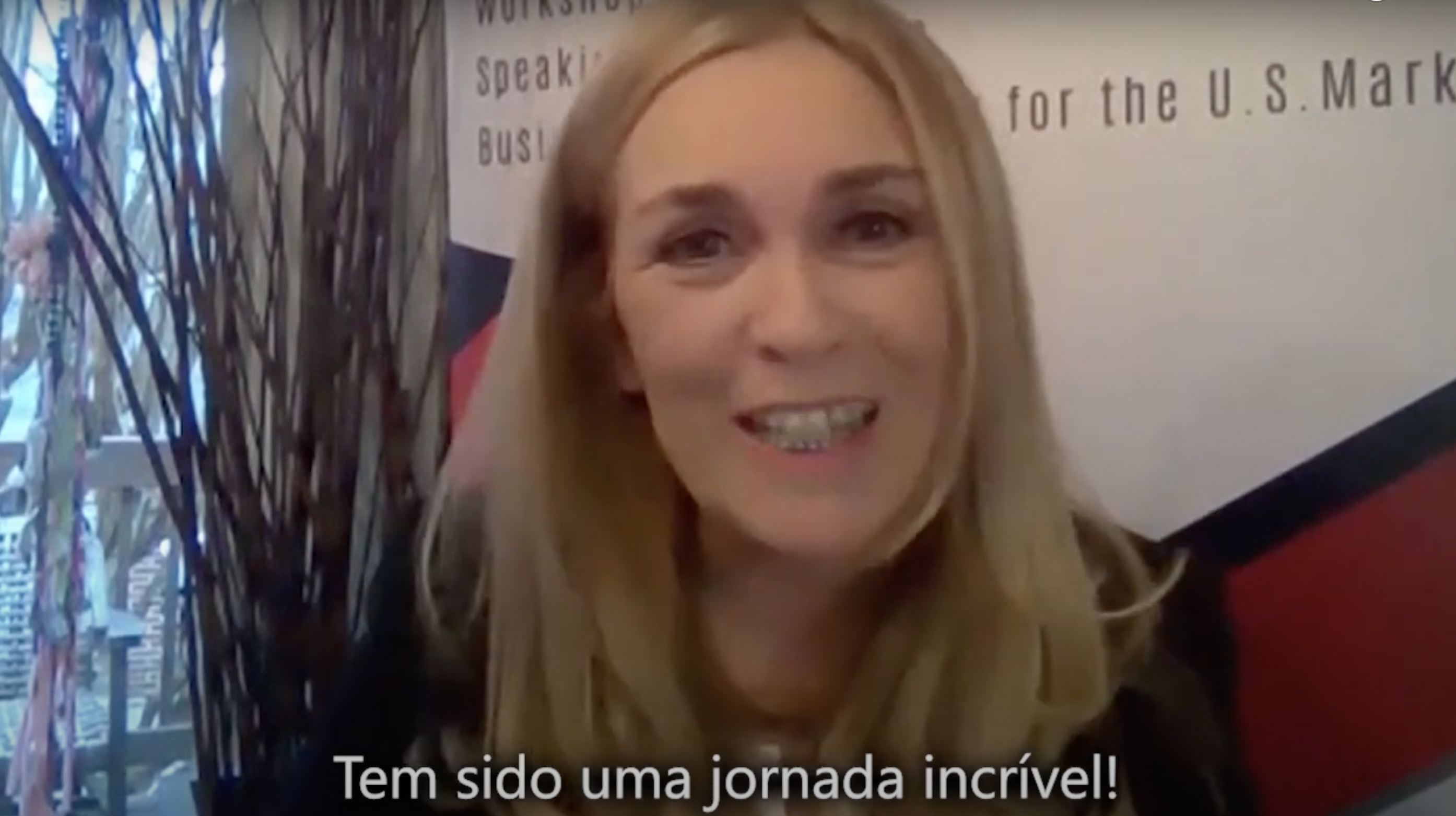| Into Their Minds: How Systemic Constellation’s Methodology Changed My Perspective A couple of weeks ago, I facilitated a Systemic Constellation’s Methodology session in an organizational context for a client who was experiencing challenges with the way her team was performing. This client is the CEO of a small company, and she wanted to understand how to help her team improve the work they were doing. She wanted to understand why they showed little autonomy to make decisions and solve day-to-day problems and why they expected her to have all the answers and find all the solutions. This is my client´s feedback on her experience with Systemic Constellations. Hopefully, her words may help you get closer to the potential of this innovative methodology. |
| “I shared with Cristina my concerns about some of the behaviors of my team members. I felt like they were too dependent on my ability to sort things out. When there was a problem, they expressed it very emotionally, in quite a catastrophic and helpless way. This puts a lot of weight on my shoulders. I wish my team had more autonomy in finding ways to solve problems, coming to me only after thinking things through and with a handful of solutions. Cristina listened to my worries, and suggested using the Systemic Constellation methodology to look into the situation and shed a light on the organizational dynamics happening between my team members, my company, myself, and our stakeholders. She believed that the organizational problem we were facing stemmed from the company´s system as a whole. Thus, we should look out for the broader context, beyond single individuals and internal practices. So, I engaged in a Systemic Constellation session. We did this over a videocall, which was very convenient for me. Cristina gathered a number of representatives, a small group of people whose mission would be to individually represent the members of my team, my company, my Clients, my Providers, and myself, in a virtual game board. Each one of them was represented by a piece in the game, with a different shape and color. She asked me to start by displaying the pieces on the board, in the way I felt more appropriate. I made a circle with the pieces, “us” (my team, my company and me) facing “them” (Clients and Providers), so that everyone could look at each other. In my view, it was important that every stakeholder could have the same importance and opportunity to communicate with the others. |

| Then I chose a representative for each of the stakeholders in the system and they assumed their roles, not knowing anything about me or my company, and positioned themselves on the board. When asked, they explained how they were feeling in the system, shared their concerns, and proposed ways to fix the dysfunctions they were identifying. It was one hour of Cristina facilitating what seemed a role play session, which allowed me to hear the voices of all our stakeholders, by disclosing their unconscious mechanisms to interpret the situation. The outputs highlighted the importance of interrelations between the stakeholders within the organizational system, and helped me think of aspects that deserved attention and correction. For instance, some of my team members (represented in the system) felt they were not “visible” enough, meaning they were unsure about the part they played in my company, and unsure about my approval of their decisions. One of them even started thinking of a project of her own that could bring her more self-fulfillment. Clients felt disregarded and misvalued and Providers had a strong sense of loyalty towards my company, which was not always acknowledged. |

| This methodology clearly pointed out problems and solutions in a way I did not manage to attain myself before this session. I have already started implementing improvement strategies, and I believe things will work smoother and more effectively from now on!” |
| Just like in this case, we have many other examples of leaders successfully finding solutions for their organizational problems through Systemic Constellations methodology. An organization is no more and no less than people working together. Underneath policies, best practices, processes, and procedures is a layer of unconscious behaviors that are intrinsic to each person and the way they see the world. Through Systemic Constellation’s Methodology we investigate the dynamics of the group to see if important systemic principles are in place, while we tap into this unconscious field, gathering information that otherwise would be impossible to obtain, and which is often overlooked. Organizational models and change have been studied and implemented for decades, but the fact is that difficult problems persist in organizations and teams, undermining business performance and people’s fulfillment. With Systemic Constellations we show dynamics and mechanisms that often work unconsciously. Mechanisms that can give wings or paralyze us. I invite you to come and try Systemic Constellations to enhance your organization’s agility or solve a specific problem that you may be facing in your organization or team. |




